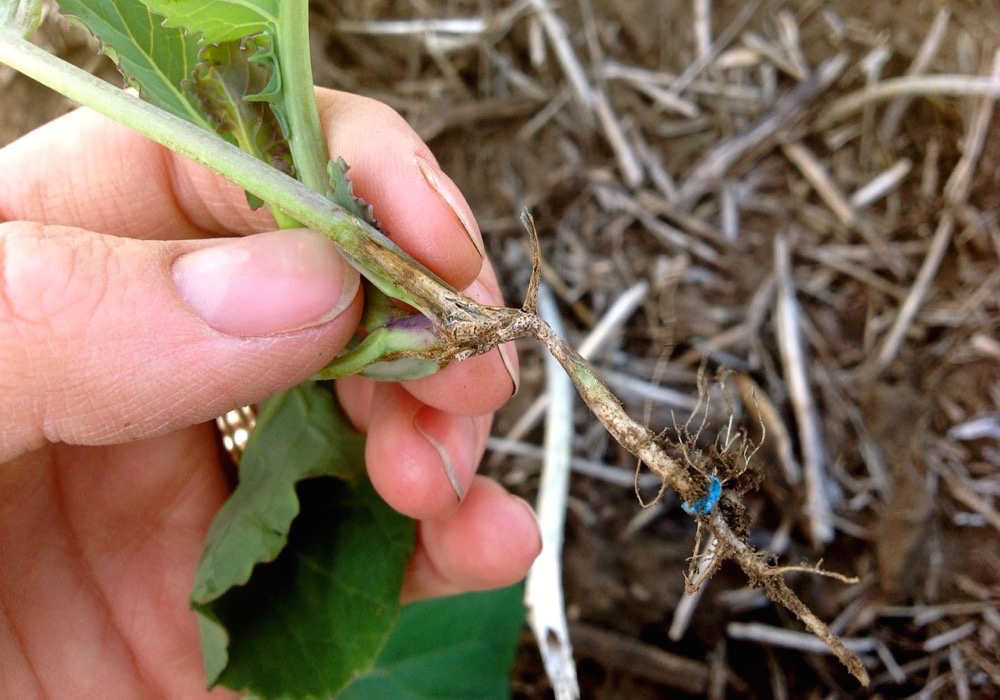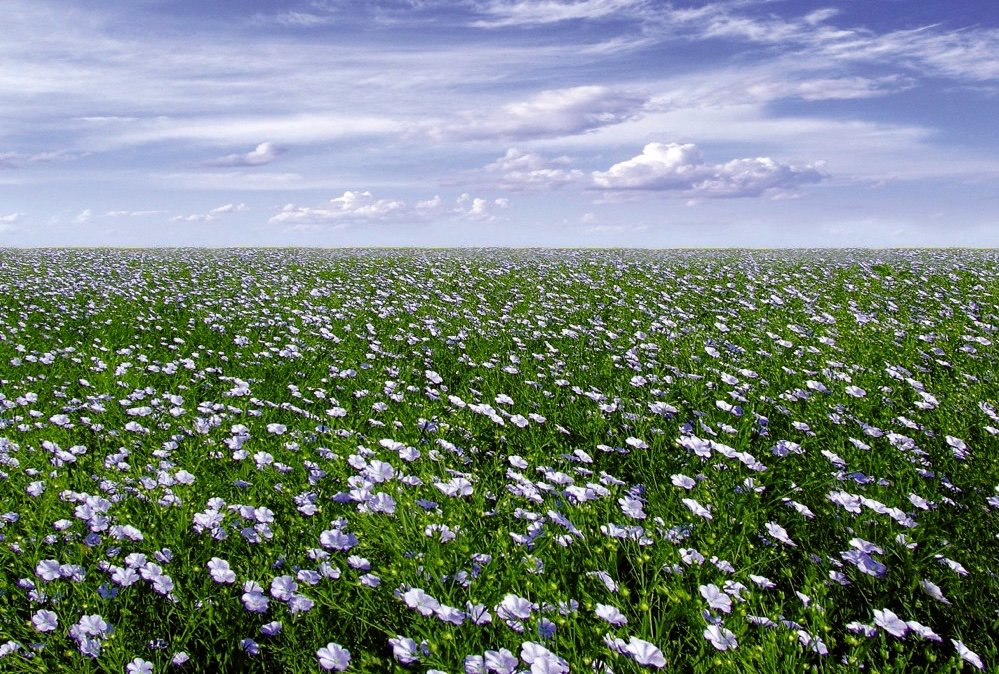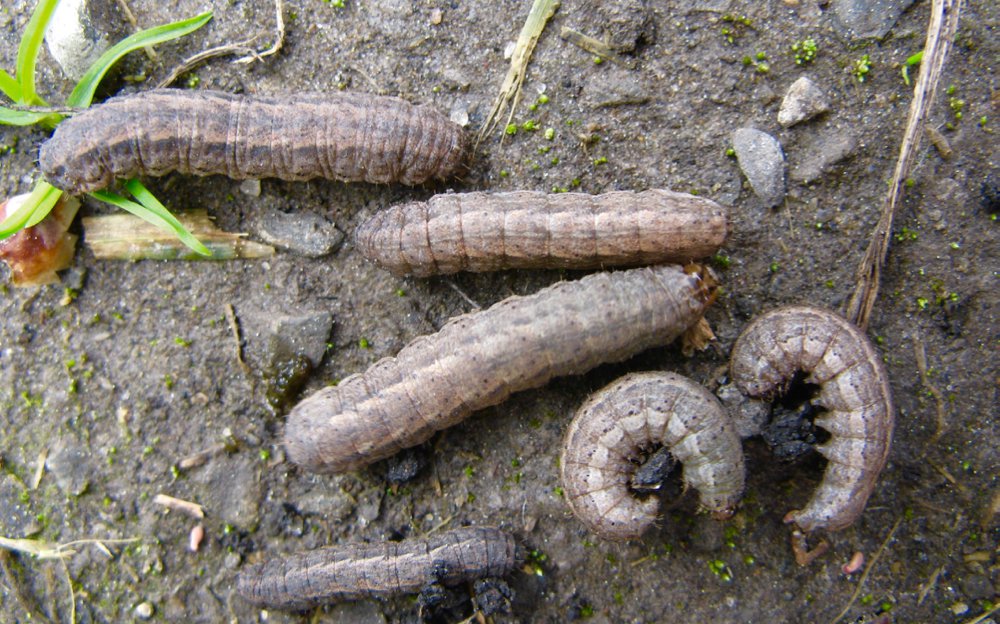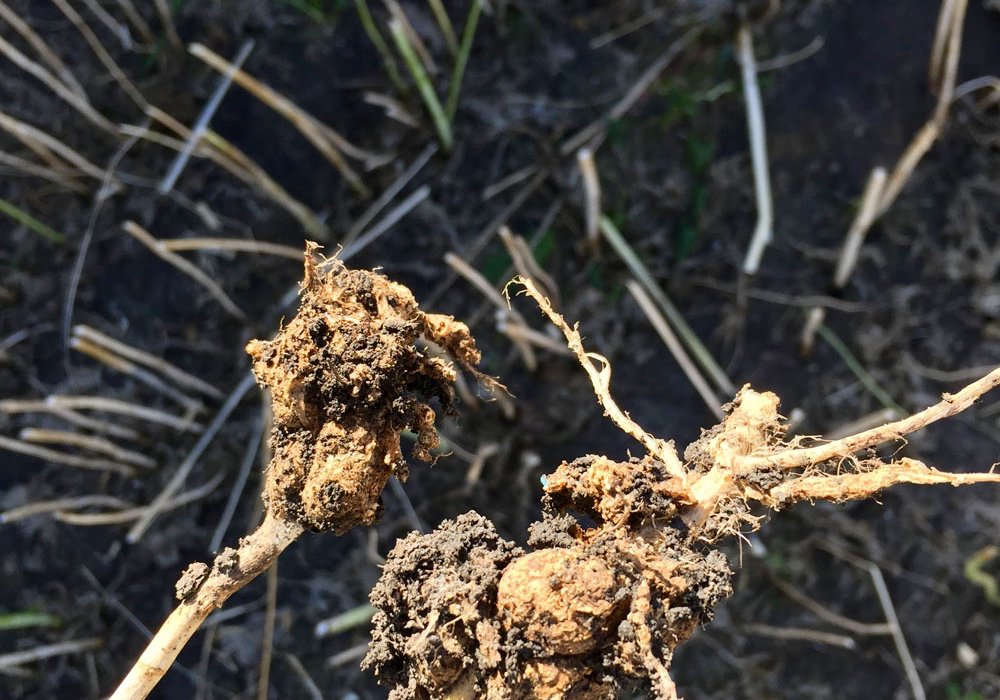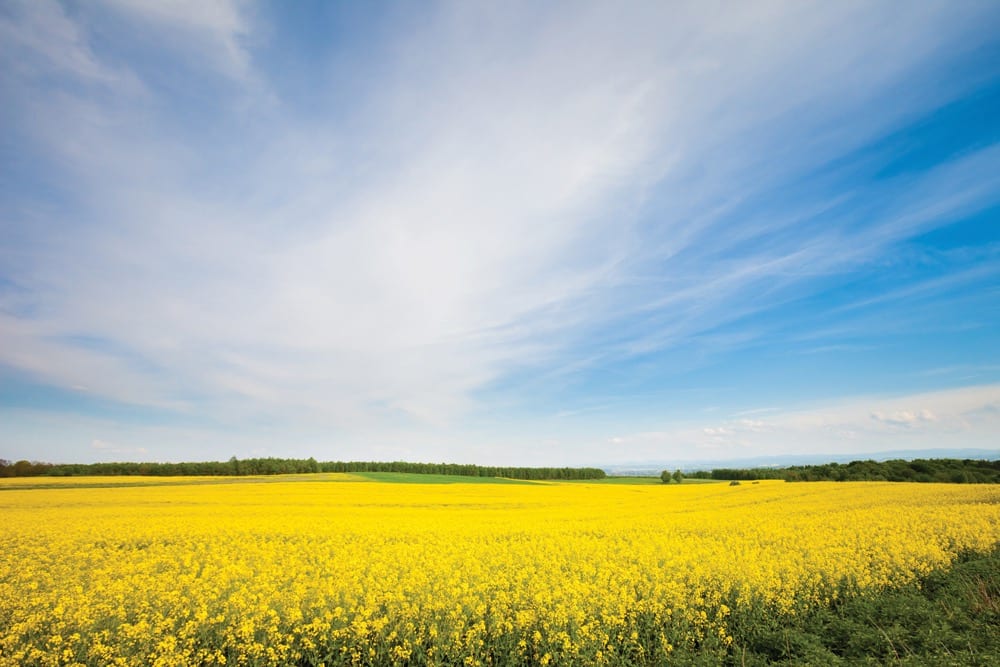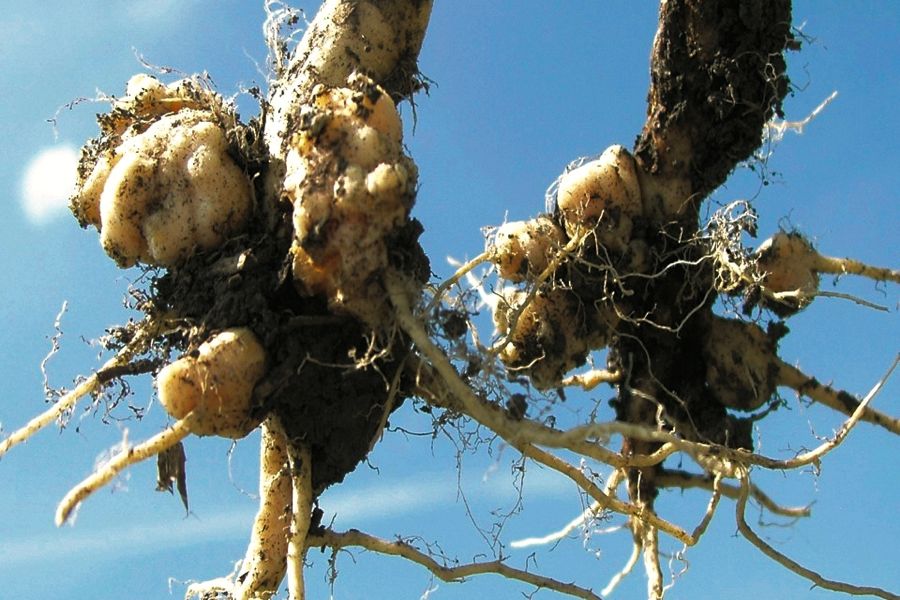A few pests can be alright, but watch the economic thresholds on these four

There are a lot of insects out there, but damage-causing pests are actually in the minority. Even a few “bad” bugs can be beneficial.
“Crops can tolerate a certain level,” said Keith Gabert, agronomy specialist, for the Canola Council of Canada. “And even in some cases, it can benefit from a little bit of insect feeding.”
“We tend to hear those discussions primarily around lygus bug and cabbage seedpod weevil…” he said. ‘At low levels in research plots there’s always a lot of noise, and sometimes yield will even go up with low numbers of insects. As the plant gets a little bit of feeding, it overcompensates and produces a little more yield because it feels threatened, so we don’t want to encourage producers to spray at the earliest opportunity when there might even be a small benefit to yield.”
If there’s a beneficial insect or some bio-control agent active in the environment, it’s important to keep a small level of those insect pests around to keep the cycle going. Gabert pointed to bertha armyworm, which have a well-defined biological control component that keeps the cycles in check.
“We’ve watched over time a number of cycles of that insect come up and down,” said Gabert. “You’ll get a low population, and you’ll have some areas that require intervention — farmers spraying chemical controls to keep the insect from damaging the current crop. But on the fringes of those outbreaks and on the fringes of those cycles, there’s some diseases that are impacting the bertha armyworm and there’s some beneficial insects that are using the berthas as a food source.”
Wheat growers should take note that a parasitoid that feeds on wheat midge makes its home in canola.
“If we were to spray indiscriminately, we start to take control over the whole system and end up maybe having to do more spraying than you should,” he concluded.
Thirteen major insect pests that affect canola yield and quality, but many will not reach economically significant thresholds. Here are four to watch for.
1. Flea beetles

Flea beetles, said Gabert, are widely distributed and it’s extremely difficult to predict when they’ll be bad. “I think it’s because there’s a really significant interaction with seedling establishment and seedbed conditions,” he said.
To decide if a foliar spray will be economical, use the guidelines on the Canola Council of Canada website. Canola seedlings can withstand 50 per cent leaf loss, however, flea beetles can do a lot of damage really quickly. The economic threshold for flea beetle feeding on canola is 25 per cent defoliation where flea beetles are both present and feeding.
2. Cabbage seedpod weevil

Most crop damage from cabbage seedpod weevil occurs when larvae feed within pods and destroy developing seeds. Scout in the spring with a sweep net when the crop first enters the bud stage. Continue scouting through to flowering. The action threshold for applying insecticides to cabbage seedpod weevil is currently 25 to 40 weevils in 10 sweeps as the crop comes into flowering and when the first pod reaches one inch in length.
3. Bertha armyworm

Gabert thinks bertha armyworm might be moving into a more productive cycle; he recommends using provincial monitoring programs starting in June. Begin scouting for damage after peak flowering; densities can vary from field to field. Determine the average number of larvae per square metre, and then consult the economic threshold chart provided on the Canola Council of Canada website.
4. Diamondback moth

The economic threshold for diamondback moth in canola at the advanced pod stage is 20 to 30 larvae/0.1 m2. This works out to about two to three larvae per plant for plant populations close to 100 plants/m2. An economic threshold for canola in the early flowering stage has not been established. However, at this stage insecticide applications are likely required at larval densities of 10 to 15 larvae/0.1 m2. For seedlings, control is recommended when 25 to 33 per cent of the cotyledons or true leaves are defoliated.


